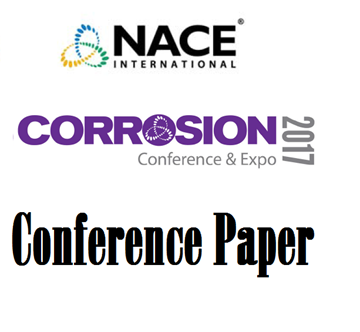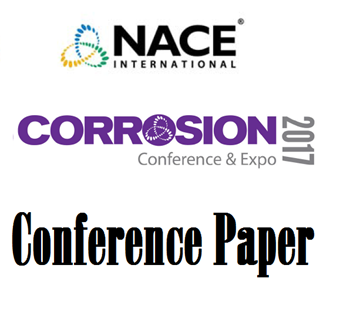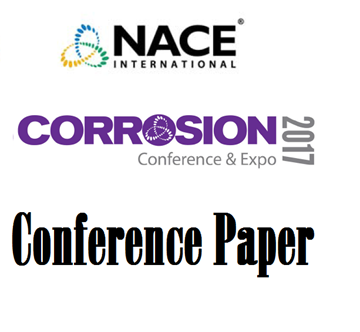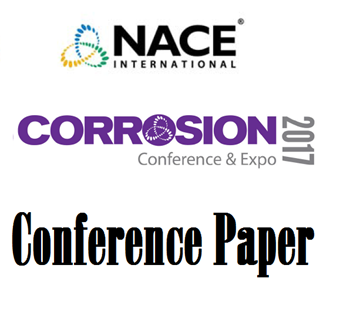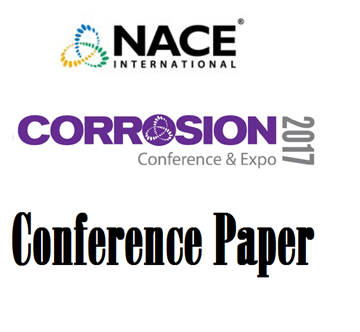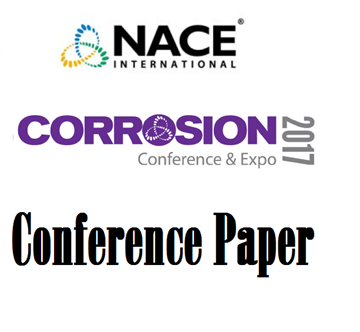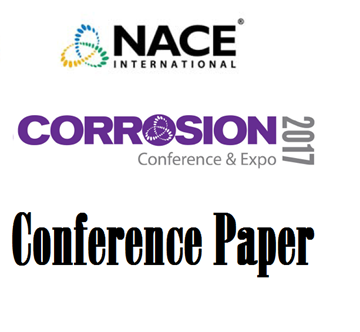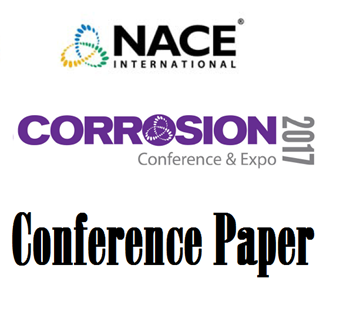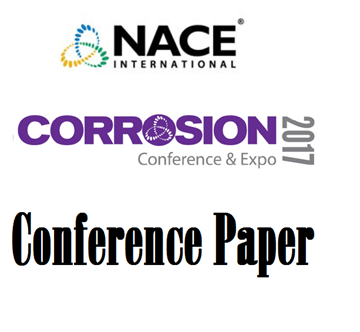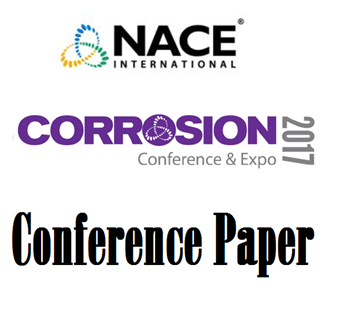Search
Products tagged with '2017 Conference Papers'
View as
Sort by
Display
per page
51317--9576-Inland Wharves - Challenges of Service Life Modeling
Product Number:
51317--9576-SG
ISBN:
9576 2017 CP
Publication Date:
2017
$20.00
51317--9578-Experimental Study on Effect of Voltage Between Electrodes of Coupled Multielectrode Array Sensors
Product Number:
51317--9578-SG
ISBN:
9578 2017 CP
Publication Date:
2017
$20.00
51317-9584- Graphene Based Nanomaterials for Biomedical Coatings
Product Number:
51317-9584-SG
ISBN:
9584 2017 CP
Publication Date:
2017
$20.00
51317--9585-Superhydrophobic Coatings and Oil and Water Separation
Product Number:
51317--9585-SG
ISBN:
9585 2017 CP
Publication Date:
2017
$20.00
51317-9586- Polymer and Nanomaterial Based Inhibitors: Stimuli-Responsive
Product Number:
51317-9586-SG
ISBN:
9586 2017 CP
Publication Date:
2017
$20.00
51317--9590-Assessment of Aging Mechanisms for Steels in Spent Nuclear Fuel Dry Storage Systems
Product Number:
51317--9590-SG
ISBN:
9590 2017 CP
Publication Date:
2017
$20.00
51317--9592-Case Study: Engineered Polyamide 12 (PA12) Pipeline Liner for Management of Sour Gas Corrosion at Elevated Temperatures
Product Number:
51317--9592-SG
ISBN:
9592 2017 CP
Publication Date:
2017
$20.00
51317--9593-Update on Corrosion Performance of CBPC Coatings in Aggressive Bridge Environment
Product Number:
51317--9593-SG
ISBN:
9593 2017 CP
Publication Date:
2017
$20.00
51317--9595-Application of Permasense Real-time Ultrasonic Thickness Monitoring at The Geysers
Product Number:
51317--9595-SG
ISBN:
9595 2017 CP
Publication Date:
2017
$20.00
51317--9596-Carbonate SCC Experiences in Unusual Locations
Product Number:
51317--9596-SG
ISBN:
9596 2017 CP
Publication Date:
2017
$20.00
51317--9598-HDD Alternative Testing
Product Number:
51317--9598-SG
ISBN:
9598 2017 CP
Publication Date:
2017
$20.00
51317--9602-Fitness for Purpose of Low Temperature Cure Liquid-Applied Coating Systems for Pipeline Maintenance
Product Number:
51317--9602-SG
ISBN:
9602 2017 CP
Publication Date:
2017
$20.00

